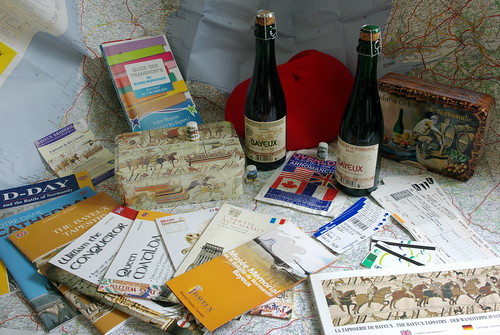The Royal Botanical Gardens, referred as Kew Gardens, is one of the biggest attractions in UK for those who often like to take refuge in the tranquil and serene natural milieu. It comprises of 121 hectares of gardens and botanical glasshouses between Richmond and Kew in Southwest London.  It is world’s most extensive collection of living plants and a UNESCO World Heritage site. It provides unique experience to visitors offering a chance to encounter botanical environments from all around the world. In the six glasshouses, you can explore species of various plants from world’s tallest indoor plant to smallest outdoor tree.
It is world’s most extensive collection of living plants and a UNESCO World Heritage site. It provides unique experience to visitors offering a chance to encounter botanical environments from all around the world. In the six glasshouses, you can explore species of various plants from world’s tallest indoor plant to smallest outdoor tree.
Kew Gardens was found by Lord Capel John of Tewkesbury and it was enlarged and extended by Princess of Wales, Augusta. The unfavorable climatic conditions (extremely cold climate and low rainfall) do not affect its large reservoir of different species of fungi, ferns, conifers, herbs, shrubs and trees. The Garden also contains Herbarium, Seedbank, Library and archives, Forensic horticulture, economically botanical fields and Jordell Laboratory.
Kew’s two unique botanical art galleries host exhibitions throughout the year and its historic building such as Kew palace reveal the Garden’s rich and fascinating past. The other attractions of Kew Gardens are as follows:
Temperate House
The Temperate House is the largest surviving Victorian glasshouse covering 4880 square meters and extending 19 meters high. It contains plants and trees from all the temperate regions of the world.
Alpine House
The Alpine House contains a huge collection of alpine plants extending up to 7000. The plants in the house are regularly regulated since it can only house 200 plants at a time.
Kew Palace
Kew Palace is smallest palace among all the British royal palaces. To the rear of the building lies ‘Queen’s Garden’ which includes a collection of medicinal plants. Only plants that existed in 17th century are grown in that garden.
Queen Charlotte’s Cottage
In the late 18th century, this thatched cottage was a private haven for Queen Charlotte and her family. This place was secluded for royal picnicking and leisure time.
Orangery
The Orangery was designed by Sir William Chambers in 1761. It has been used variously in the past but now has been turned into a restaurant.
Pagoda:
The Great Pagoda stands in the South East corner of Kew Gardens. It was erected in 1762 by Sir William Chambers from a design in imitation of Chinese Ta. Holes were cut in each floor during Second World War to allow drop-testing of model bombs.
Waterlily House
The Waterlily House is the hottest and most humid house at Kew. It contains a large variety of water lily surrounded by a display of desert plants. Amazonica, the largest plant in the family of water lily was originally transported to Kew in phials of clean water in February, 1849.
You can visit the Royal Botanical Gardens under UK tourist Visa (UK visitor visa) which allows you to visit UK either to sight see or visit family or friends. Visitors are not permitted to work on this visa and are expected to leave UK before the visa expires.







